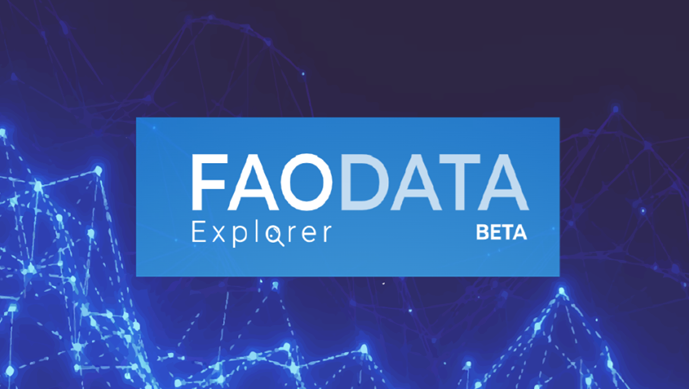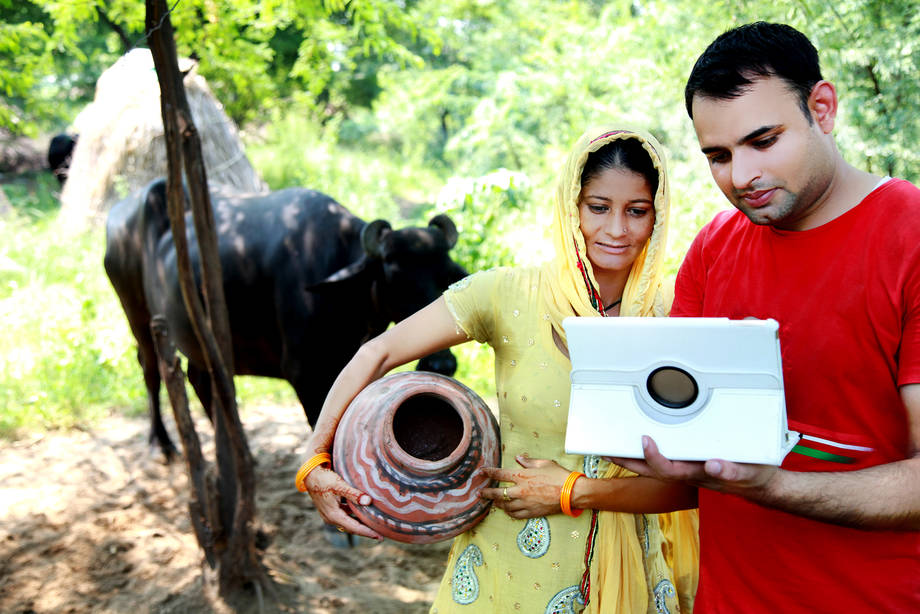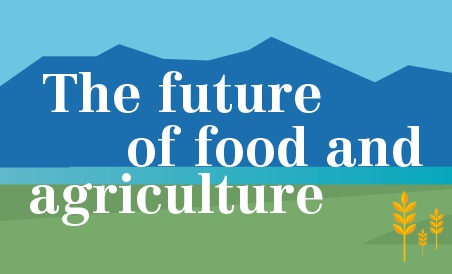Data dissemination

FAO is responsible for the compilation, analysis and dissemination of a comprehensive variety of statistical data on food, agriculture and the sustainable management of natural resources. The Organization provides free and unrestricted access to 22 major databases and produces publications with key statistical content covering different topics under FAO’s mandate and strategic goals: better production, better nutrition, a better environment and a better life for all, leaving no one behind.
Through these products, FAO works to ensure that high-quality and internationally comparable data are produced and made accessible to all countries, thus contributing to building a comprehensive knowledge base on food and agriculture. In this context, FAO has recently adopted an Open Data Licensing Policy, which advocates for the application of a suitable open data license to be applied to all statistical data disseminated through corporate databases. The Organization is fully committed to promote open data practices to improve data access, derive additional value from data assets, and maximize data use.
To stay up-to-date on FAO data releases, please consult FAO Data Release Calendar.
Agrifood systems
Databases

MAIN DATABASE
FAO DATA EXPLORER Beta version
The “FAODATA explorer” is FAO’s new dissemination platform to access, filter, explore, download and share FAO statistics. The platform is currently a beta version as it is under development and will gradually be populated with existing FAO statistics on food, agriculture, nutrition, fisheries and aquaculture currently disseminated through FAOSTAT and FishSTAT.

MAIN DATABASE
FAOSTAT
FAOSTAT is the world's most comprehensive statistical database on food, agriculture, fisheries, forestry, natural resources management and nutrition. The database provides a range of information on agrifood systems, including production; food security and nutrition; food balances; and food value chain.

MAIN DATABASE
Food and Agriculture Microdata Catalogue (FAM)
The Food and Agriculture Microdata (FAM) Catalogue provides an inventory of micro-level datasets collected through farm and household surveys which contain information related to agriculture, food security and nutrition.

DATABASE
Food loss and Food waste
The Food Loss and Waste database contains data and information from openly accessible reports and studies measuring food loss and waste across food products, stages of the value chain, and geographical areas.

DATABASE
Hand in Hand (HIH) Geospatial Platform
FAO's open-access Hand in Hand (HIH) Geospatial Platform provides advanced information, including food security indicators and agricultural statistics, for more targeted agriculture interventions.
Related publications
Global reports

WORKING PAPERS





.png?sfvrsn=a1637136_3)
